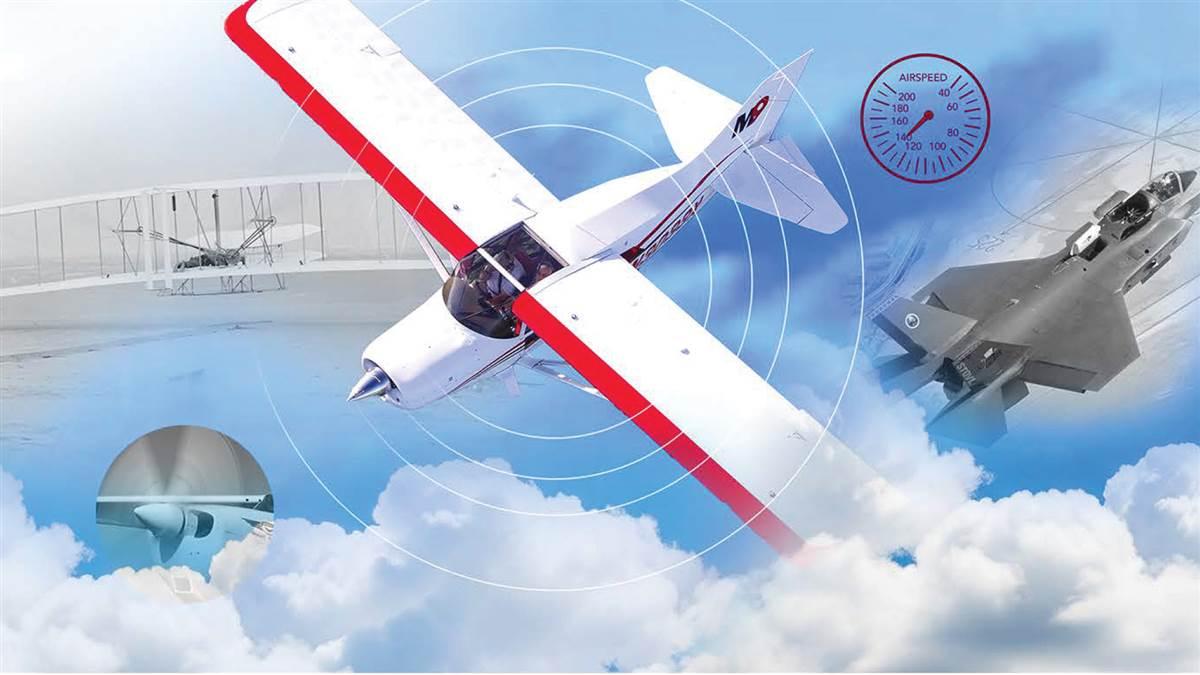
Essential character
Today’s pilots come up short
By Dave Hirschman
The character traits that contribute to pilot success are timeless. Grit and curiosity. Resourcefulness and self-reliance. Decisiveness and relentless pursuit of technical mastery.
These qualities have advanced aviation for more than a century, and they continue to define our community. But these attributes are often lacking among those new to flying.
Instead of tenacity and resilience, I encounter students who quit easily and reflexively blame others for their own shortcomings and serve up excuses like pancakes at an IHOP. They expect knowledge to be delivered to them as entertainment via YouTube. They regard effort as unseemly. They expect praise and affirmation just for showing up.
It’s a fact that GA and flight training are safer now than they’ve ever been, and today’s student pilots and instructors deserve some credit. But today’s trainers are more reliable, less demanding, and equipped with safety tools that would have seemed like science fiction 20 years ago.
A Cessna 172, Piper Archer, or Cirrus SR20, flies nicer, lands easier, and is more spin-resistant than a Cessna 150/152 or Piper J–3 Cub. GPS navigation and ADS-B weather, traffic, and terrain warnings were a fantasy to previous generations.
Don’t get me wrong. I’m thrilled to live in the age of better airplanes and ADS-B. But comparing accident rates then and now doesn’t give a complete picture.
Today’s students and new pilots are adept with avionics, and I’m envious of their button wizardry. I recently flew with a new pilot who built and modified a flight plan on an iPhone and transferred it to the airplane’s navigation system quicker than I could hit Direct To. But when faced with everyday aerial complications—a gusty crosswind or a nonstandard traffic pattern—too many new pilots seem oblivious or inflexible. Adversity throws them off. Their aeronautical decision-making becomes unsound. And their confidence is easily shaken. Worse yet, they seem to treat ratings as the end of their education. Instead of a license to learn, new certificates become braggadocious Instagram posts.
Key pilot skills evolve over time. Flying a Ford Tri-Motor, for example, put a premium on physical strength, stamina, and imperviousness to heat or cold. Landing a Stearman or Waco biplane in a crosswind required above average eye-hand-foot coordination and keen eyesight. Navigating by radio range, ADF, and later VOR took sharp chart reading acumen, manual calculations, and unshakeable spatial orientation. Today’s glass-panel avionics, complex airspace, and dynamic weather make mastering digital tools essential. The skills themselves have never been enough, however.
Underlying all of them is an essential work ethic, an ability to make realistic assessments, and a strength of character that seems tragically absent in today’s new pilots.
Please prove me wrong.
These are the good old days
Pilots are better than ever
By Ian J. Twombly
Nostalgia is a powerful emotion. We minimize our struggles and focus on the good events or the positive things we felt at the time. It ensures that we soldier on and rise to face another day.
Which explains why any belief we have about our past pilot corps being superior is poppycock. Today’s pilots are every bit as good as those of yesteryear, if not far more competent, and there is a myriad of data to back it up.
General aviation is the safest it’s ever been. Today’s fatal accident rate is half what it was only 25 years ago. In GA’s heyday of the 1970s, there were between 2 and 2.6 fatal accidents per 100,000 flight hours. Today it’s 0.79, and the overall accident trend is even better. The 1970s opened with 18 accidents per 100,000 hours, more than three times today’s rate of 4.84. That’s incredible progress. Yet, one immediately considers the major advances in technology we’ve seen over the past 50 years, including fuel totalizers, satellite weather, moving-map GPS, and more. Some of those technologies have improved safety. Weather accidents used to be significantly more common, for example. But one area technology hasn’t helped us in is landings. We still fly the same airplanes to the same places. Landings are one of the few phases of flight that can be directly attributed to technique. In the 1997 Nall Report, the AOPA Air Safety Institute calculated that landing accidents accounted for a rate of 2.16 per 100,000 flight hours. In the latest Richard G. McSpadden Report, the landing accident rate was down to 1.4. That’s an impressive 35 percent decrease in about 25 years.
Straight technique is what most old timers whine about, but it’s not the only measure of a pilot. Decision making, cockpit management, and knowledge of aviation’s rules and architecture are all soft skills that make us into complete pilots. Taken in these terms, we are living in a golden age. Easy access to information, much of it free and open, has proliferated the growth of knowledge and awareness amongst the community. It’s easier than ever to learn from other pilots as we connect virtually, take continuing education, and seek out experienced instructors.
It’s tempting to look at grainy videos of the pilots of yore or think of friends we’ve met along the way and immediately place them in high regard. But the facts don’t lie. We have progressed far beyond our swashbuckling past into a mature community focused on a growing safety and education culture. You can’t stop progress, even among pilots.
Ian J. Twombly is a CFII and former senior content producer for AOPA media.



